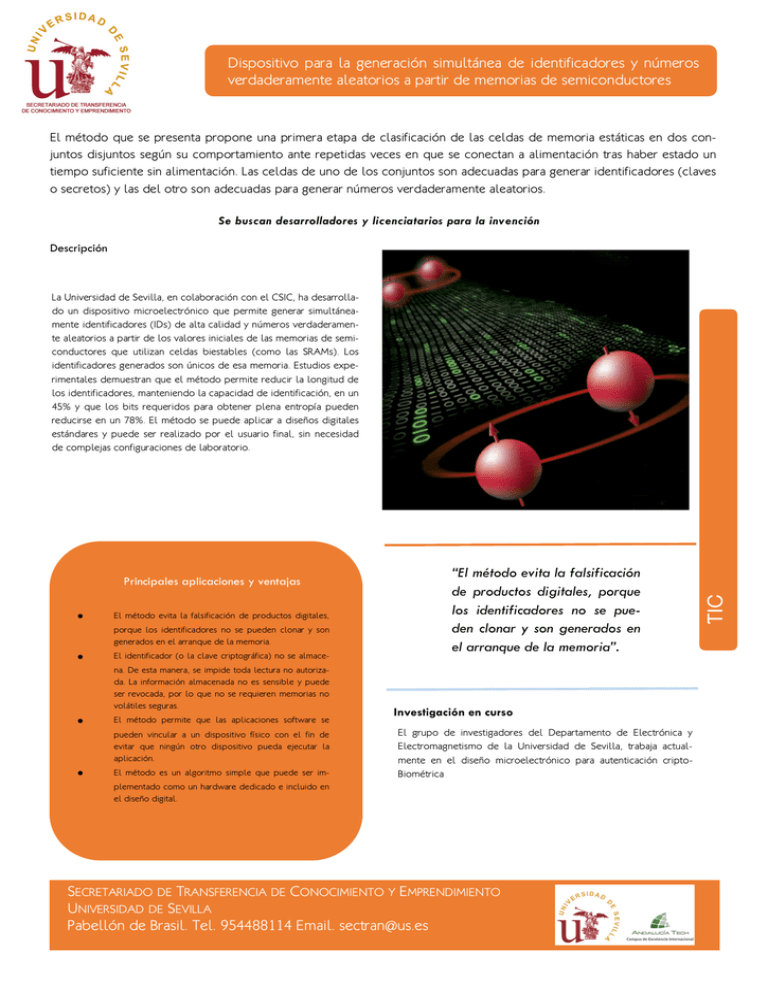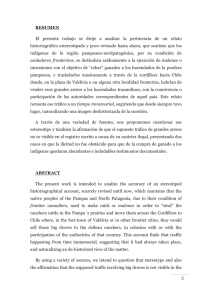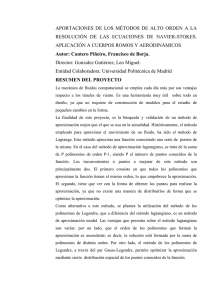Método y dispositivo para generar identificadores y números
Anuncio

Dispositivo para la generación simultánea de identificadores y números verdaderamente aleatorios a partir de memorias de semiconductores El método que se presenta propone una primera etapa de clasificación de las celdas de memoria estáticas en dos conjuntos disjuntos según su comportamiento ante repetidas veces en que se conectan a alimentación tras haber estado un tiempo suficiente sin alimentación. Las celdas de uno de los conjuntos son adecuadas para generar identificadores (claves o secretos) y las del otro son adecuadas para generar números verdaderamente aleatorios. Se buscan desarrolladores y licenciatarios para la invención Descripción Principales aplicaciones y ventajas El método evita la falsificación de productos digitales, porque los identificadores no se pueden clonar y son generados en el arranque de la memoria. El identificador (o la clave criptográfica) no se almacena. De esta manera, se impide toda lectura no autorizada. La información almacenada no es sensible y puede ser revocada, por lo que no se requieren memorias no volátiles seguras. El método permite que las aplicaciones software se pueden vincular a un dispositivo físico con el fin de evitar que ningún otro dispositivo pueda ejecutar la aplicación. El método es un algoritmo simple que puede ser im- “El método evita la falsificación de productos digitales, porque los identificadores no se pueden clonar y son generados en el arranque de la memoria”. Investigación en curso El grupo de investigadores del Departamento de Electrónica y Electromagnetismo de la Universidad de Sevilla, trabaja actualmente en el diseño microelectrónico para autenticación criptoBiométrica plementado como un hardware dedicado e incluido en el diseño digital. SECRETARIADO DE TRANSFERENCIA DE CONOCIMIENTO Y EMPRENDIMIENTO UNIVERSIDAD DE SEVILLA Pabellón de Brasil. Tel. 954488114 Email. [email protected] TIC La Universidad de Sevilla, en colaboración con el CSIC, ha desarrollado un dispositivo microelectrónico que permite generar simultáneamente identificadores (IDs) de alta calidad y números verdaderamente aleatorios a partir de los valores iniciales de las memorias de semiconductores que utilizan celdas biestables (como las SRAMs). Los identificadores generados son únicos de esa memoria. Estudios experimentales demuestran que el método permite reducir la longitud de los identificadores, manteniendo la capacidad de identificación, en un 45% y que los bits requeridos para obtener plena entropía pueden reducirse en un 78%. El método se puede aplicar a diseños digitales estándares y puede ser realizado por el usuario final, sin necesidad de complejas configuraciones de laboratorio. Device for the simultaneous generation of high-quality identifiers and true random numbers from semiconductor memories The invention concerns a method which consists of two stages: a first stage classification of static memory cells into two disjoint sets according to their behavior repeatedly that connect to power state after a sufficient time without power , so that the cells of one set are suitable for generating identifiers ( or secret key ) and the other are suitable to generate truly random numbers Seeking industry partners for patent licensing Description University of Seville, in collaboration with CSIC, has developed a microelectronic device that can generate simultaneously high-quality identifiers (IDs) and true random numbers from the start-up values of semiconductor memories that use bistable latching cells (such as SRAMs). The identifiers generated are unique of that memory. Experimental results has shown that the method reduces the length of the identifiers in up to 45% with the same identification capability and the bits required to obtain full entropy can be reduced in 78%. The method may be applied to standard digital designs and carried out by the final user, without the need of complex laboratory set-ups. The method avoids counterfeit of digital products because identifiers cannot be cloned and are generated at start up. The identifier (or cryptographic key) is not stored. This “The method avoids counterfeit of digital products because identifiers cannot be cloned and are generated at start up”. way, unauthorized reading is prevented. The information stored is not sensitive and can be revoked, so that secure non-volatile memories are not required. The method enables that software applications can be bound to a physical device in order to avoid no other device could execute the application. The method is a simple algorithm that can be implemented as dedicated hardware and included in the digital design (a small module with low power consumption). Current research The group of researchers from the Department of Electronics and Electromagnetism of the University of Sevilla , currently working in the microelectronic design for crypto -Biometric Authentication The method enables generating identifiers and random numbers simultaneously, increases the speed, and reduces the power to generate them and to extract cryptographic keys. SECRETARIADO DE TRANSFERENCIA DE CONOCIMIENTO Y EMPRENDIMIENTO UNIVERSIDAD DE SEVILLA Pabellón de Brasil. Tel. 954488114 Email. [email protected] ICT Main applications and benefits




